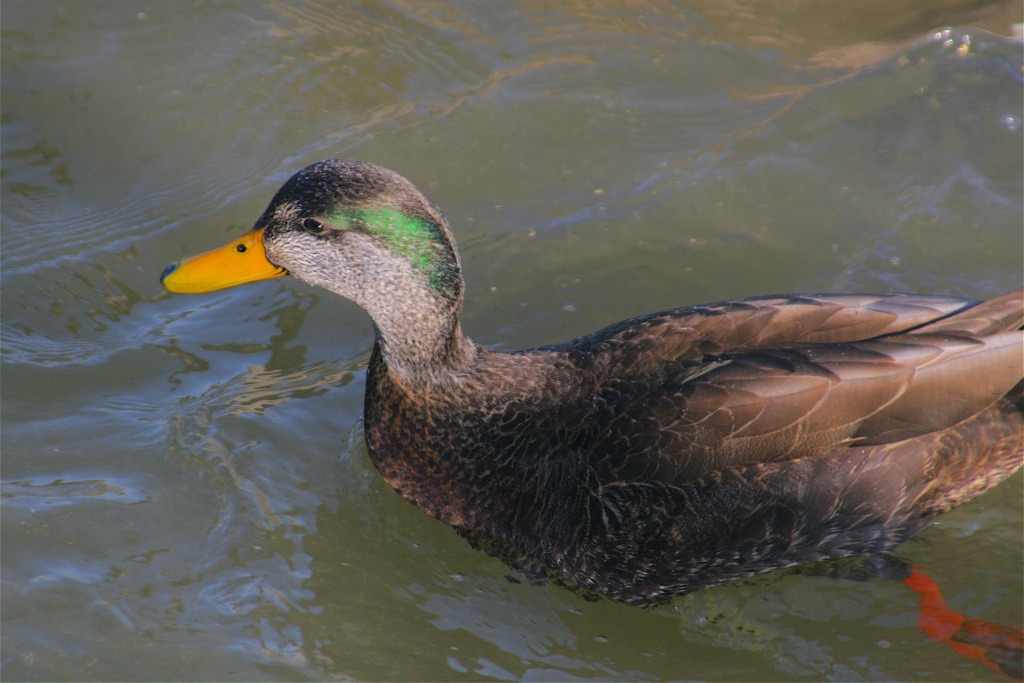
31 January 2022
Mallards have always been abundant in western North America so I was surprised to learn that until the 20th century they were rare east of the Mississippi. Here’s how that changed:
Mallards were once rarely encountered throughout much of the Atlantic Flyway. That began to change during the 20th century, as the expansion of agriculture in eastern Canada opened the Boreal forest, creating ideal habitat for pioneering mallards from the west. To the south, in the eastern United States, government agencies and private citizens worked for decades to establish a huntable mallard population through the large-scale release of game-farm birds. Mallard numbers grew exponentially in the east, and by the 1960s, mallards had become the most abundant duck in the Atlantic Flyway.
— ducks.org: The Surprising Genetics of American Black Ducks and Mallards
As the mallard (Anas platyrhynchos) population increased in the East, American black ducks (Anas rubripes) decreased and the two species hybridized. A hybrid is shown below.

Questions about hybridization prompted genetic testing. The results were surprising for mallards.
Wild mallards in the eastern U.S. all have game-bird ancestors introduced from Europe. The further east you go, the more European ancestry they have. Mallards in the western U.S., such as this pair in California, have pure western genes.

Eastern mallards of game-farm stock are slightly different than native wild mallards, though it probably takes an expert to tell the difference. According to The Surprising Genetics of American Black Ducks and Mallards (paraphrased below):
- “Mallards with game-farm ancestry average 10 – 14 ounces less than the wild birds.
- Their bills have structural differences likely derived from a diet of domestic grains.
- Males are overly aggressive.
- Females have a prolonged breeding period, produce excessive numbers of eggs, and show poor nest vigilance.”
The real danger, if there is one, is that native mallards west of the Appalachians are becoming diluted by interbreeding with game-farm descendants. But maybe this doesn’t matter.
What about black ducks? For them the news is happy. Genetic testing showed that pure American black ducks don’t breed with the hybrids so their genes are clear. Instead the hybrid mallard x black ducks breed with mallards.
p.s. Tip of the Hat to Stephen Tirone for alerting me to this interesting article.
(photos from Wikimedia Commons and by Dan Mullen via Flickr Creative Commons license; click on the captions to see the originals)